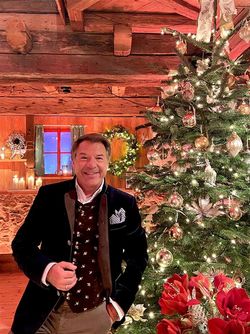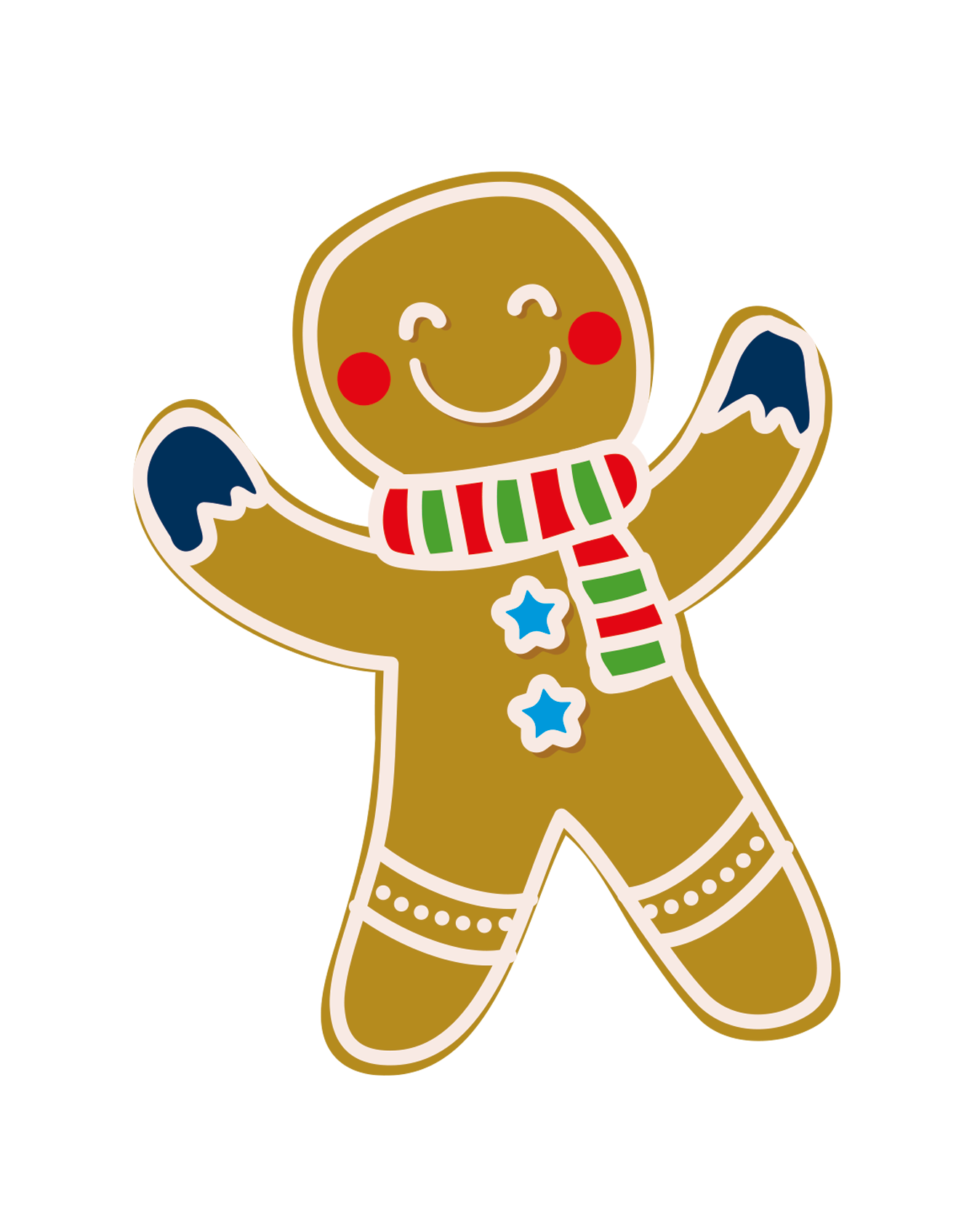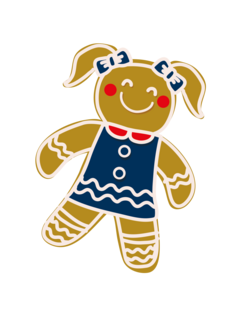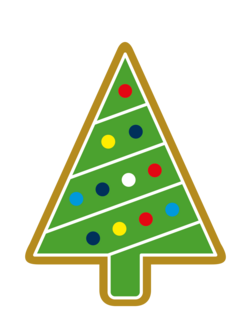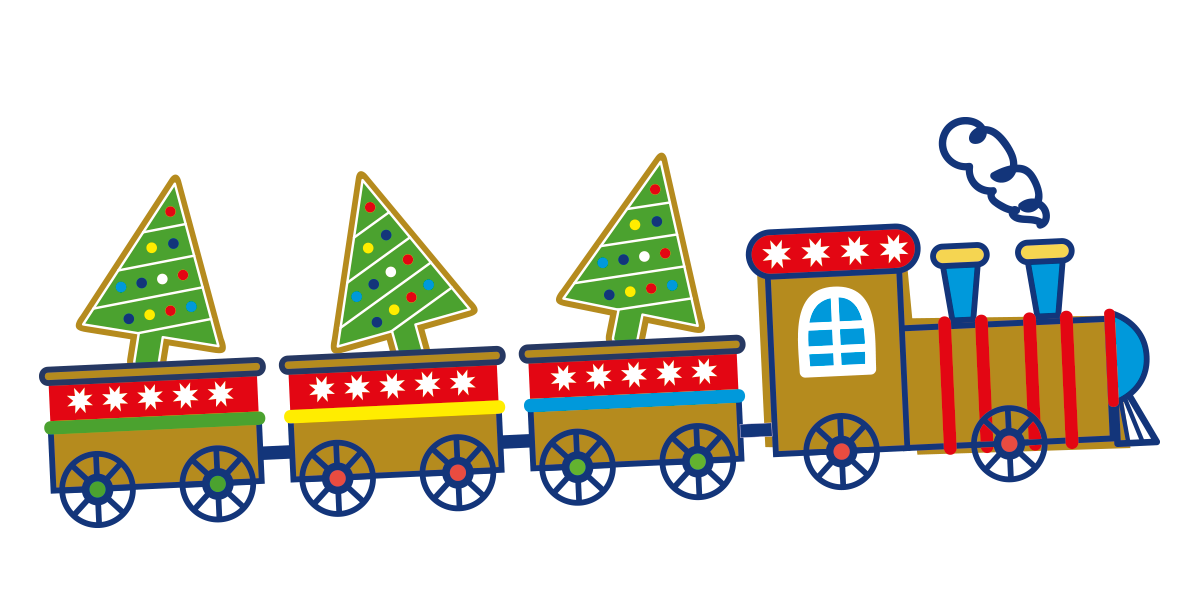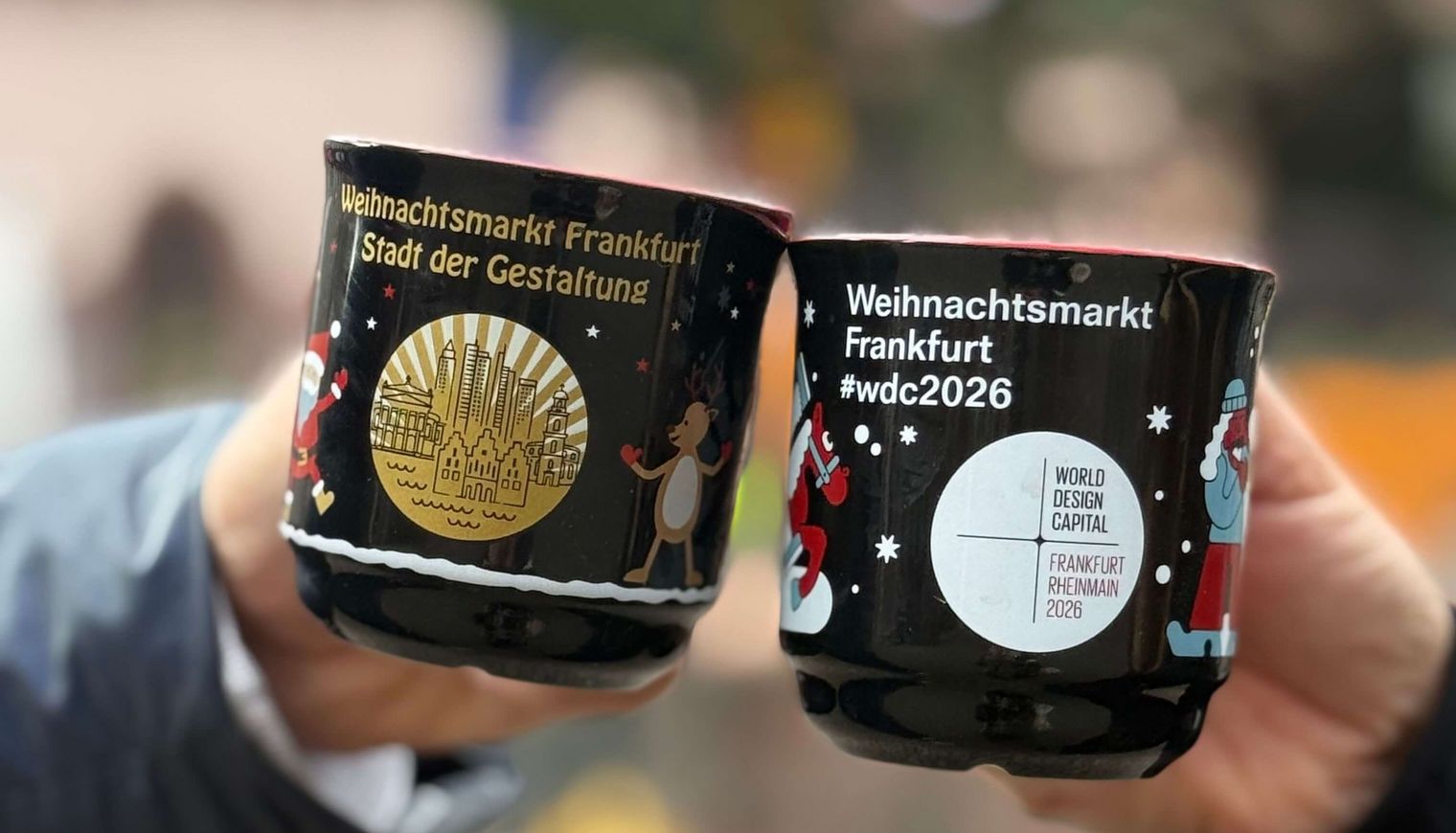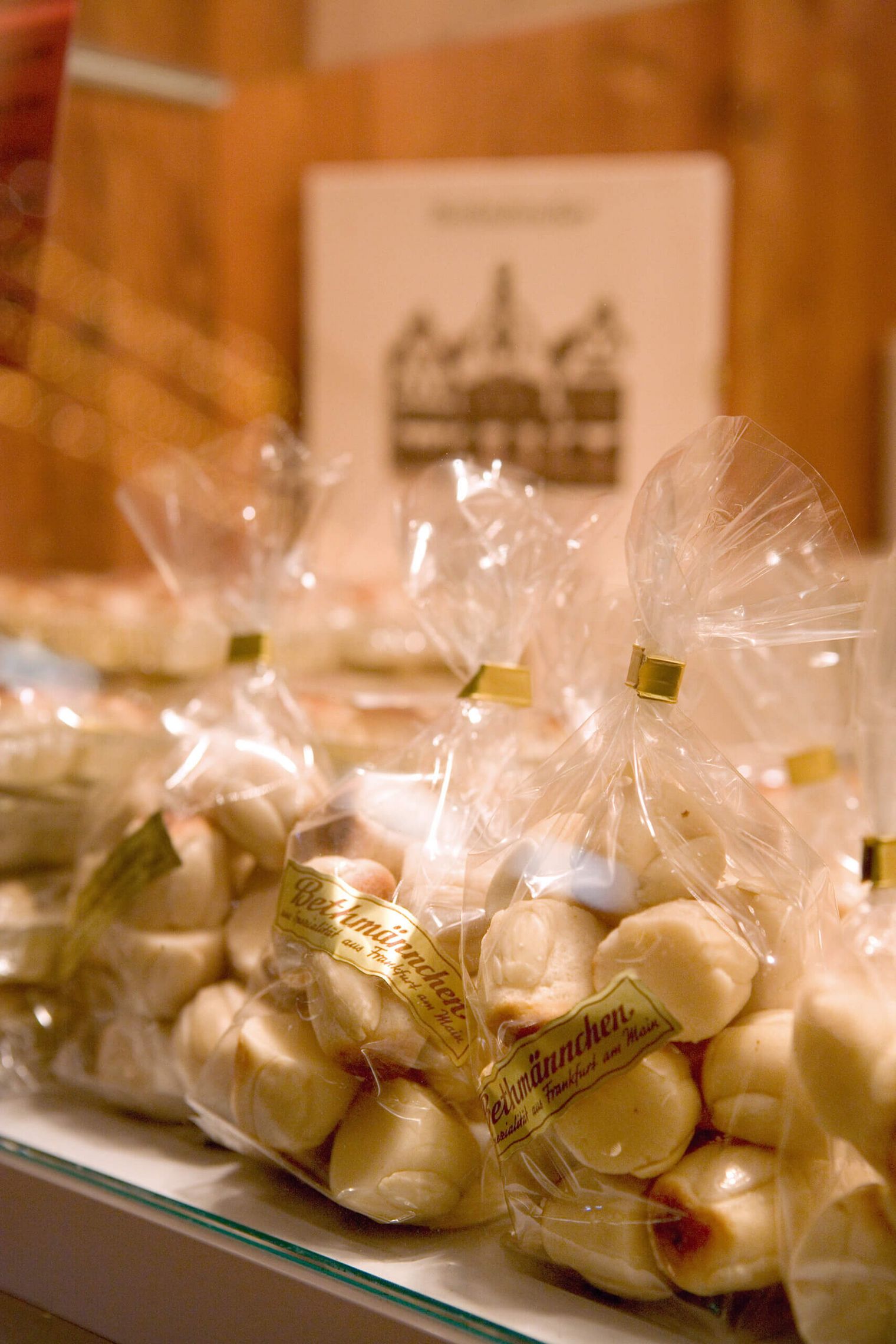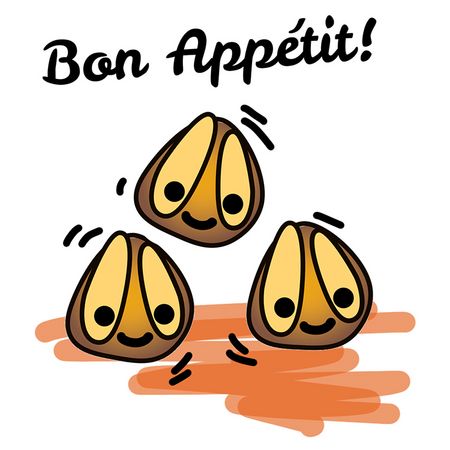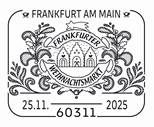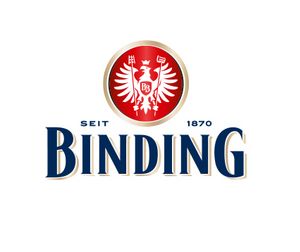The Christmas World Tent will warm your heart: fairy tales and stories are told here and children's songs are sung – participation is expressly encouraged. The tent, with its Santa Claus sleigh and child-friendly Christmas decorations, invites visitors of all ages to listen, sing along, and dream.
Two Christmas trees are waiting to be decorated by the children until the 4th Advent – feel free to bring your own crafts or letters. Lights and music shine out of the tent onto the Christmas market, creating a festive, warm atmosphere that brings everyone together.
The tent is open throughout, and the program takes place:
Mon-Fri 4:30 p.m. – 5:30 p.m.
Sat+Sun 2:00 p.m. – 3:00 p.m.
Highlights:
Fairytale magic on the Main
presented by Fessie.de
When the scent of roasted almonds fills the air and the Christmas market glows with warm lights, it's time for stories. Storyteller Angela Behrs from Wirbelwind brings well-known classics to life on the stage of the Christmas World Tent with sparkling eyes, a lively voice, and a touch of magic—a different fairy tale at every performance.
25.11., 30.11., 02.12., 07.12., 09.12., 14.12., 16.12., 21.12.
Fairy tale carousel
In the Galli Theater's interactive theater, an actress tells a fairy tale and slips into the various fairy tale characters and roles. The children experience the great art of acting up close, namely how the actors change roles right before their eyes on stage. Not only can they listen to the fairy tale with excitement, they can also actively participate. They can shout their thoughts and ideas to the actress on stage, who spontaneously integrates these ideas into the story.
26.11., 05.12., 11.12., 15.12., 19.12.
Fairy tale time
The fairy tale hours at Theaterhaus Frankfurt are individually designed by the narrators. This means that young audience members experience a new program each time, with fairy tales on different themes and from different cultural backgrounds.
27.11., 28.11., 13.12., 20.12.
Christmas carol party – The interactive concert for the winter season
Martin Pfeiffer presents well-known Christmas and winter songs at his interactive concerts for the winter season. These include old and new children's song classics from “Auf der Mauer auf der Lauer” to “Die Räder vom Bus” to “Der Gorilla mit der Sonnenbrille.” In other words, songs that all children, parents, and even grandparents know.
01.12., 04.12., 12.12., 22.12.
Interactive concerts for little Christmas fans
presented by Frankfurter Sparkasse
Cheerful concerts for children aged three and up to sing along and dance to: together with songwriter Wolfgang Hering, the young visitors immerse themselves in the magical world of winter. Amidst snowflakes, the smell of cookies, and cheerful melodies, they will experience how wonderful the anticipation of Christmas can be – a musical experience full of movement, fun, and Christmas cheer.
03.12., 06.12. und 18.12.
Christmas magic show
Our magician will fascinate young audience members with his tricks. He won't even stop at Santa Claus's props – hopefully they'll reappear by Christmas Eve at the latest.
10.12., 17.12.
